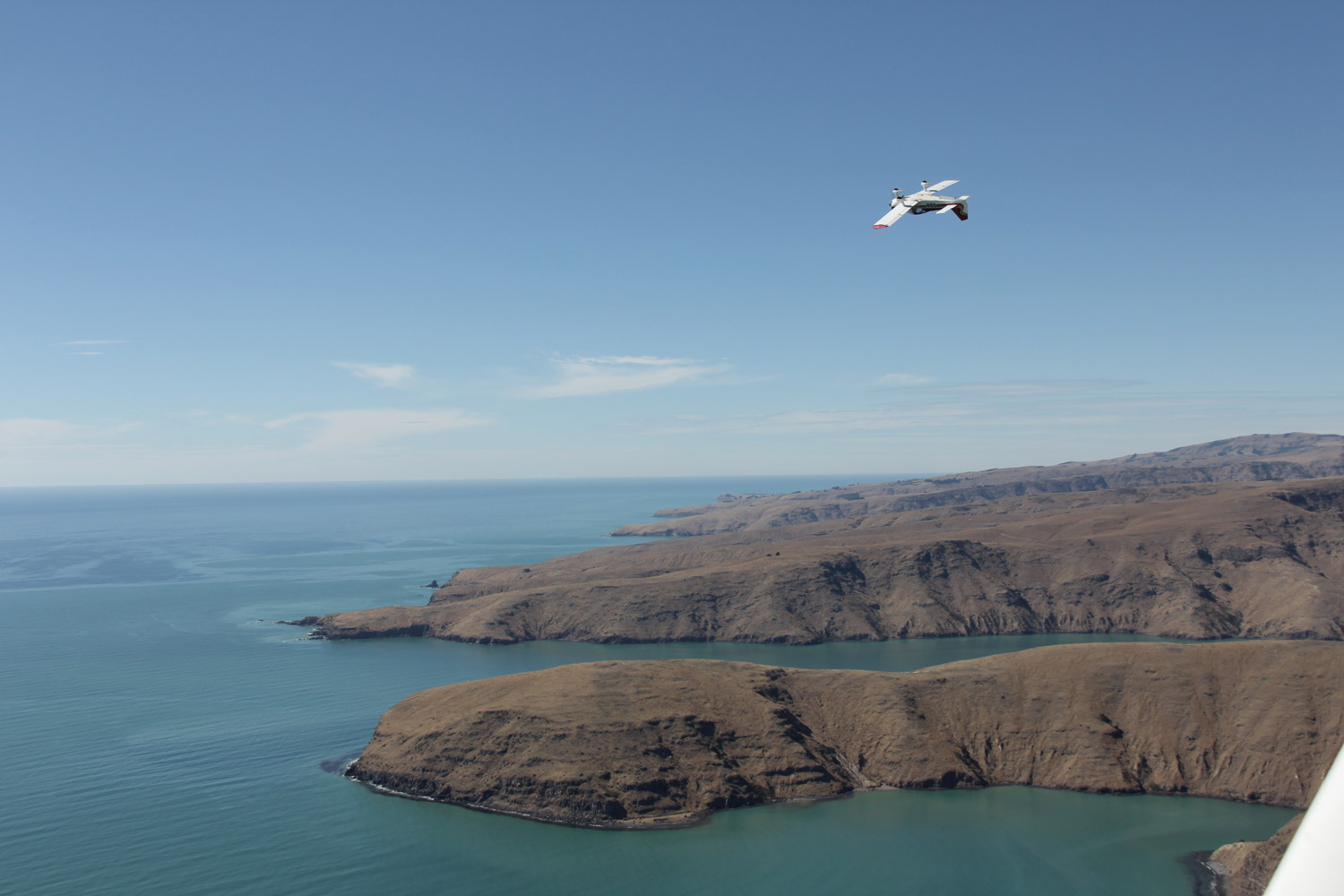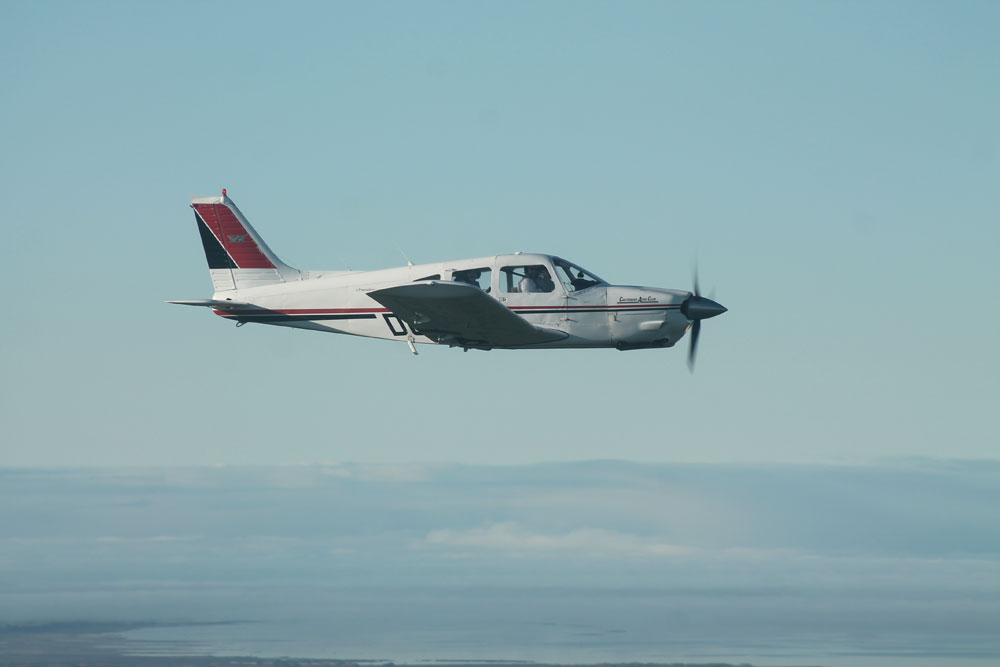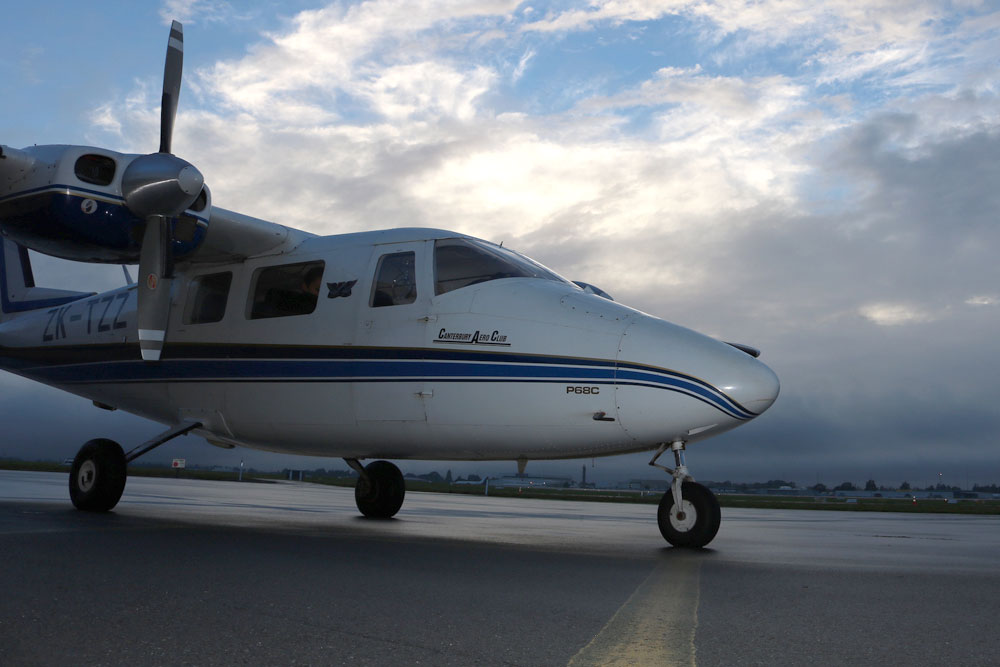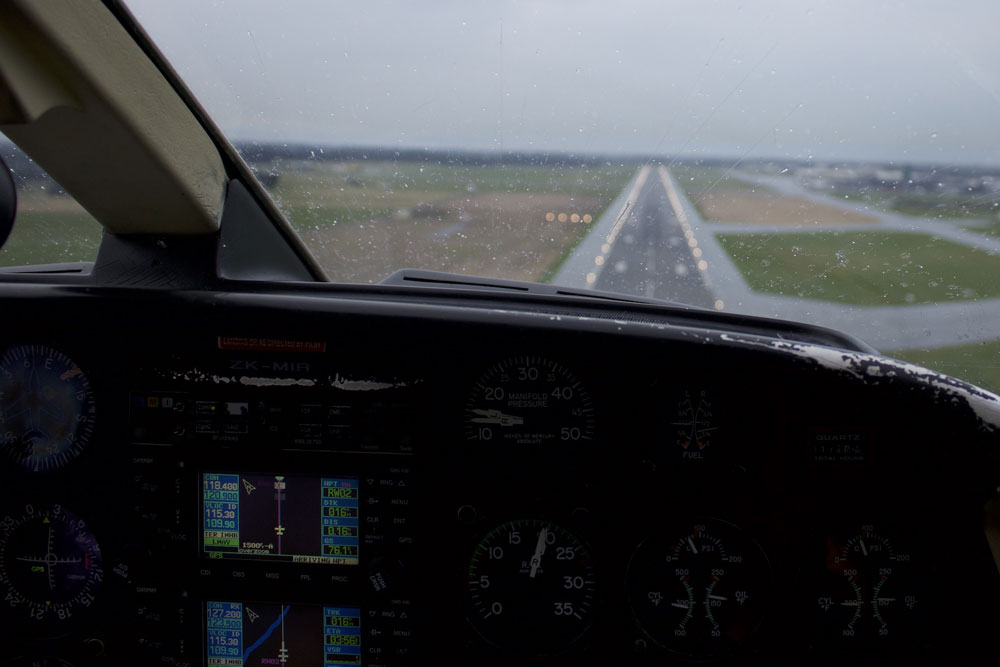After the excitement of a first solo and the tremendous satisfaction of passing the PPL flight test, the sky opens to the next level.

Tail-dragger Rating
Gain valuable tail wheel experience in our Piper Super Cub; learn skills such as taxiing, three point landings, wheeler landings, crosswind landings as well as the usual type rating content.
Aerobatics Rating
Learning aerobatics not only allows you to explore the full envelope of the aircraft, it considerably enhances confidence in your own ability.
Student pilots, having learnt the basic manoeuvres, noticeably improve in their general handling of the aircraft. Aerobatics develop a feel and sensitivity for the aircraft and a de-sensitivity to manoeuvring flight. They develop an instinctive awareness of attitude and the quickest way back to straight-and-level, controlled flight.
We offer a variety of aerobatic training including spin recovery, basic and advanced aerobatics and instructor aerobatic ratings.

Night Rating
Night is defined as the time between the end of evening civil twilight and the beginning of morning civil twilight. Whether you would like to learn some basic night flying skills or gain your night rating to take friends and family flying, we can help you work towards your goals. Night flying teaches some fundamental skills that are an asset to any pilot.
CSU/Retractable Rating
Gain valuable experience flying a complex single engine aircraft. The Piper Arrow has a Lycoming 200hp engine with a cruise speed of 135kts. You will learn manual gear deployment, CSU handling, aircraft management and advanced upper air handling. At the end of your training you will receive a type rating for this aircraft which allows for your CSU/undercarriage endorsement and for Australian TTMRA conversion.


Multi-Engine Rating
Multi-Engine training is carried out in our Partenavia P68c aircraft. During the training you will learn asymmetric runway exercises, asymmetric take off, engine failure procedures in the cruise, engine re-start as well as multi engine management and advanced flying.
Instrument Rating
An Instrument Rating (IR) permits you to fly an aeroplane as the Pilot in Command under Instrument Flight Rules (IFR). Having an Instrument Rating means you are no longer reliant on visual navigation principles and ideal weather. Instrument rated pilots fly in a straight line from A to B, through the clouds without needing to be able to see the ground.

MEIR and SEIR
MEIR stands for Multi-Engine Instrument rating and is essential for pilots intending to continue as a commercial pilot for an airline. Training is conducted in our Partenavia P68c. SEIR stands for Single-Engine Instrument Rating and is a great qualification for PPL holders wanting to go further with their licence or for CPL holders to use as a stepping stone to MEIR. It should be noted that SEIR in not a requirement for MEIR.
Basic Requirements
- PPL or CPL
- Minimum of 40 hours Instrument flight training
- Pass a further 3 theory exams (5 if you hold a PPL)
- Obtain either a Class 1 Medical or complete an extra hearing test if you hold a Class 2 Medical

